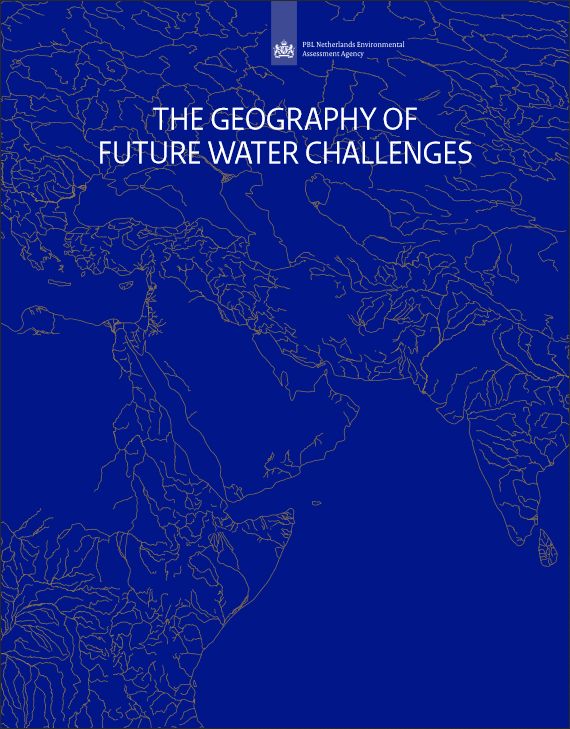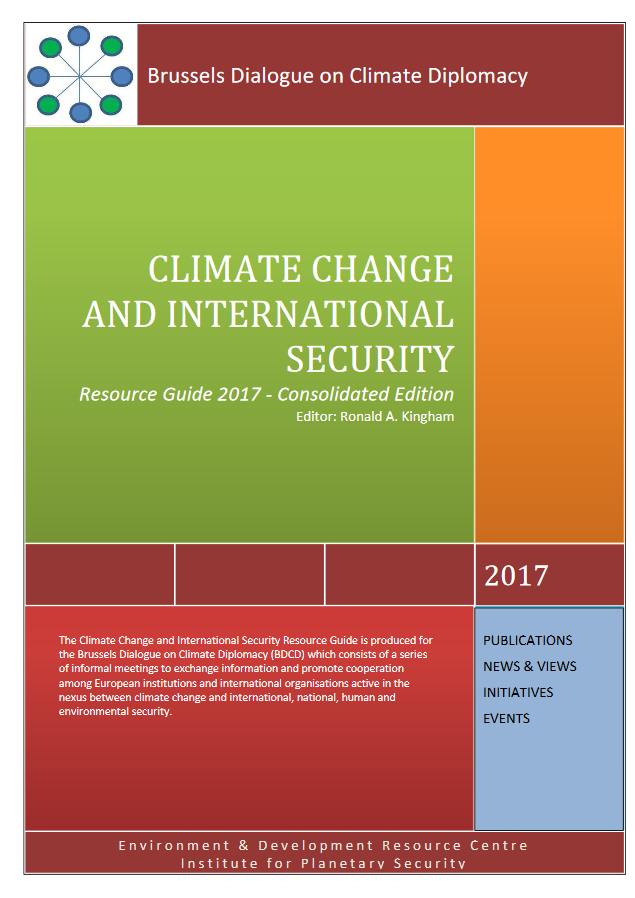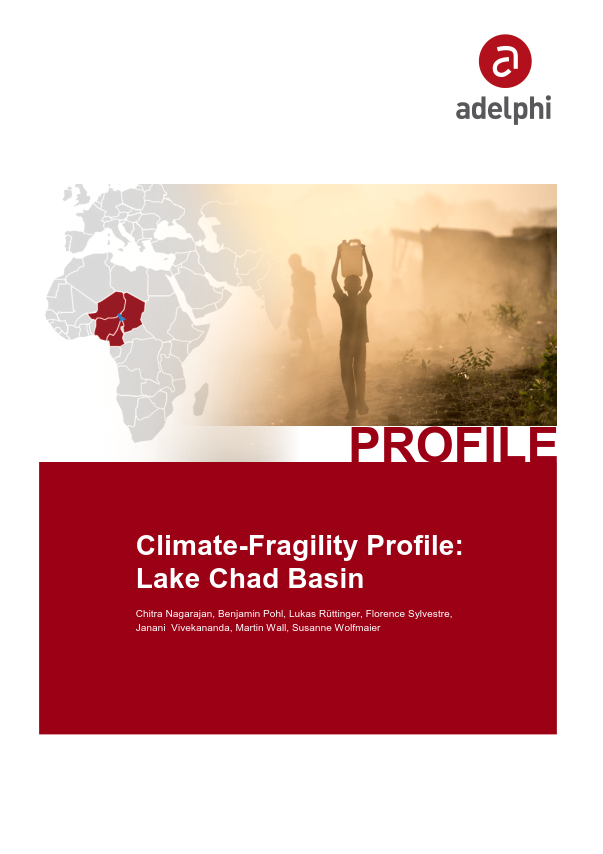The geography of future water challenges
This new report by the PBL Netherlands Environmental Assessment Agency in collaboration with the Clingendael Institute and other Dutch research institutes points to pressure on security and migration arising from too little, too much or polluted water. Many integrated solutions are possible to divert this trend towards a sustainable and climate-resilient world.





